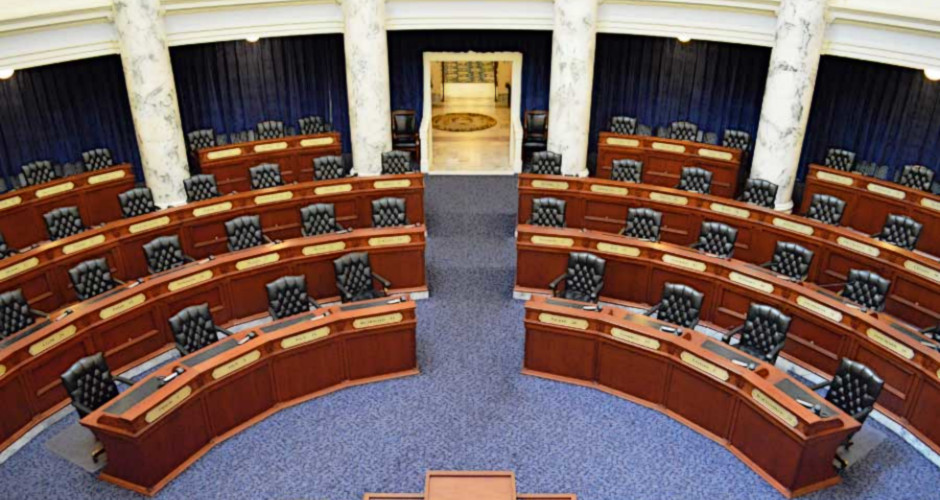Minimum wage and Medicaid Expansion are programs designed to help those on the margin. Unfortunately, those who seem to assume a position of moral superiority—in days past, they were called “do-gooders”—don’t understand the lessons of economic history and don’t realize that the programs that are supposed to help those in need actually hurt innocent citizens and families.
From 1949 when the Federal poverty rate was 32% until the beginning of the great society programs in 1965 when the Federal poverty rate was 14% the drop in the rate was almost 100% attributable to increasing employment. Upward mobility regarding wages was highest in the 50’s. Since 1965 the poverty level has gone from 14%-11% at a cost of over $12 trillion dollars-money if invested in the private sector would have created 5-7 million more jobs and a greater drop in the poverty level.
These types of government programs require the support of two political constituencies that need to come together. First is the group who purport to care about the poor, the disadvantaged and those who look to the government to provide that support in the form of subsidies, tax breaks, or direct payments. These forms of “transfers” always create a false demand without providing a means to appropriately match supply. The second group in this coalition that is required to support these legislative initiatives is the special interests and lobbyists that will benefit from these programs. In the case of Medicaid, it would be the large provider groups and hospitals with their closed network of physicians, and the insurance carriers.
In the case of the minimum wage, group it would be the large unions—that don’t have as big an influence in our State as some of our neighboring states, but also the teachers union and State Employees. So to review you have the “do-gooders’ matching up with the special interests.
I have talked at length about the negative impacts of Medicaid expansion, but, to briefly review, the people who could be most adversely affected are the patients who are already on Medicaid (traditional Medicaid) who the program was originally designed to help. These people currently living on the margins because of their chronic diseases cannot afford to take care of themselves or their families. Should future FMAP (Federal Medical Assistance Percentage) change or should the 90/10 formula change and it is determined by the FEDS-CMS and HHS that the programs are not severable; their futures could be placed in jeopardy. Isn’t it interesting that the coalition that orchestrated the presentations last week at the Joint Health and Welfare Committee meetings didn’t even think to have this most vulnerable group introduced to the debate.
The Fairness project is following a similar formula in introducing the minimum wage issue to the public debate. Those that care are joining forces with the special interests to create an empathetic and sympathetic argument that suggests those at the bottom of the wage structure will be helped the most. The special interests—in our State teachers and public employees and those already in trades that see minimum wage as a way to create a barrier to entry, will lend their support and resources to this effort. Also, out-of-state funding from those who look at Idaho as being ripe for increased unionization will pour money into our State.
Minimum wage law enforcement requires that employers must discriminate the most against people with the least amount of skills. Entry-level wages—that is what the minimum wage really is—allow unskilled workers to enter the workforce and learn a new job and skill and start their way up the employment ladder. The consequences of minimum wage laws are increased unemployment and increased poverty.
We can look at teenage unemployment across the States to see what really happens. I will rely on Department of Labor statistics for my analysis. A University of Georgia study in 2006 found that for every 10% increase in the minimum wage there is a 5-8% increase in teenage unemployment. The teenage unemployment rate in the USA generally runs at twice the level of the overall unemployment rate. In Idaho, over the past 4 years, it has dropped from 9%- 5%. In Washington State with the slow rollout of statewide minimum wage laws, the youth unemployment rate was 12% compared with Idaho’s 5%—no State minimum wage in Idaho. Cost of living impacts of minimum wage are difficult to evaluate—absolute endpoints are hard to extrapolate from various locals, but the average monthly rental for an apartment in Seattle is $2000/month compared with Boise of $1100/month.


